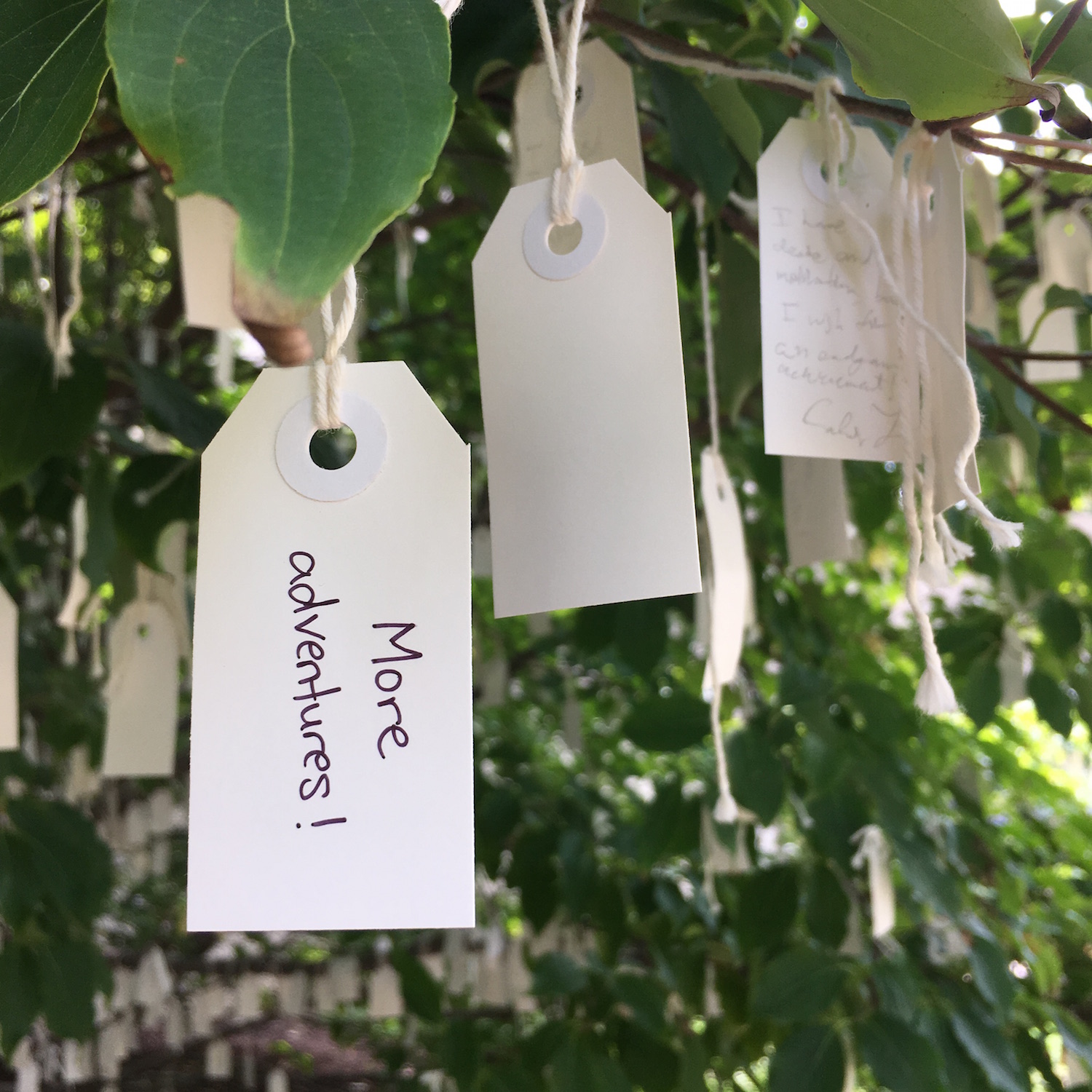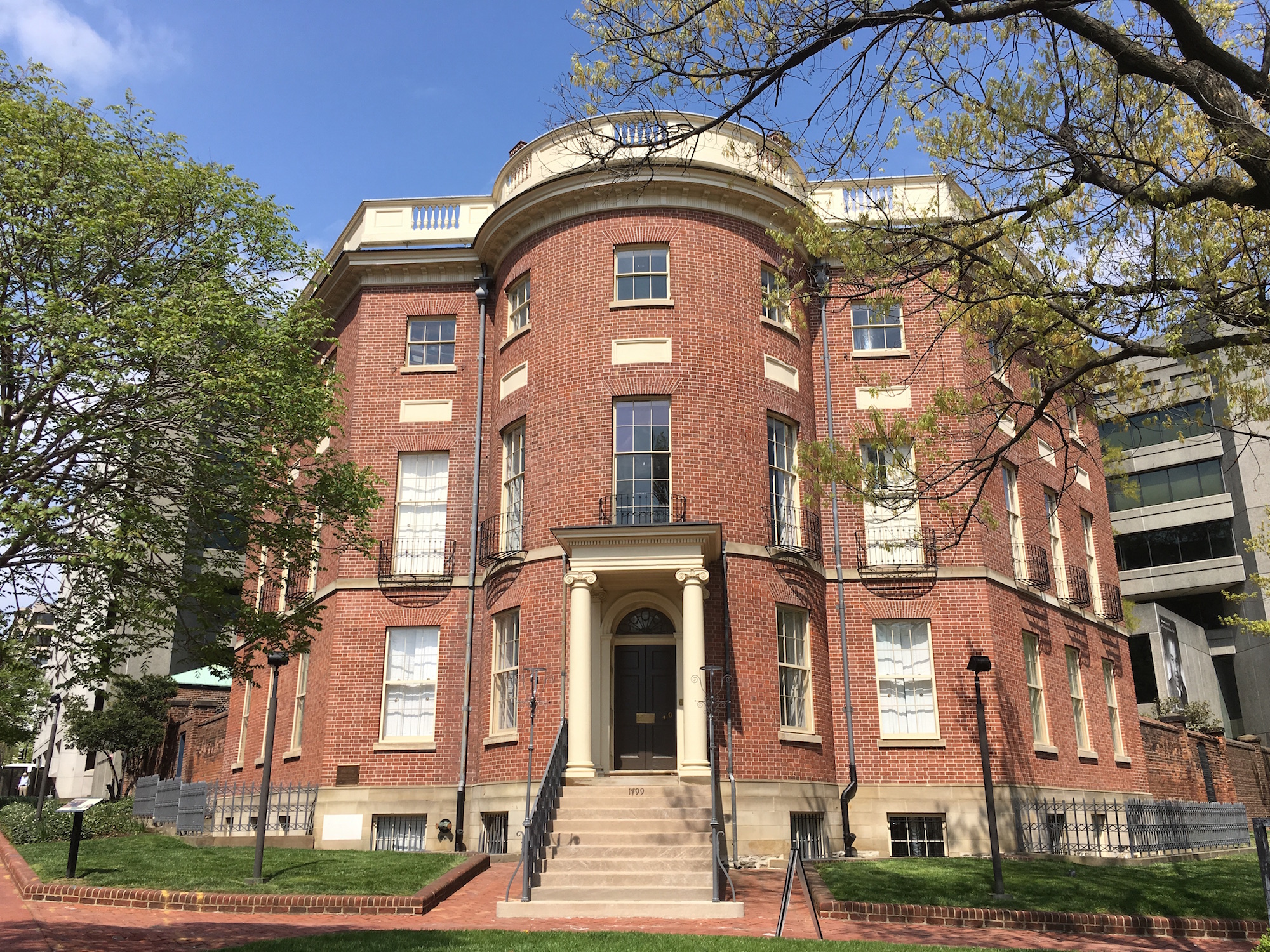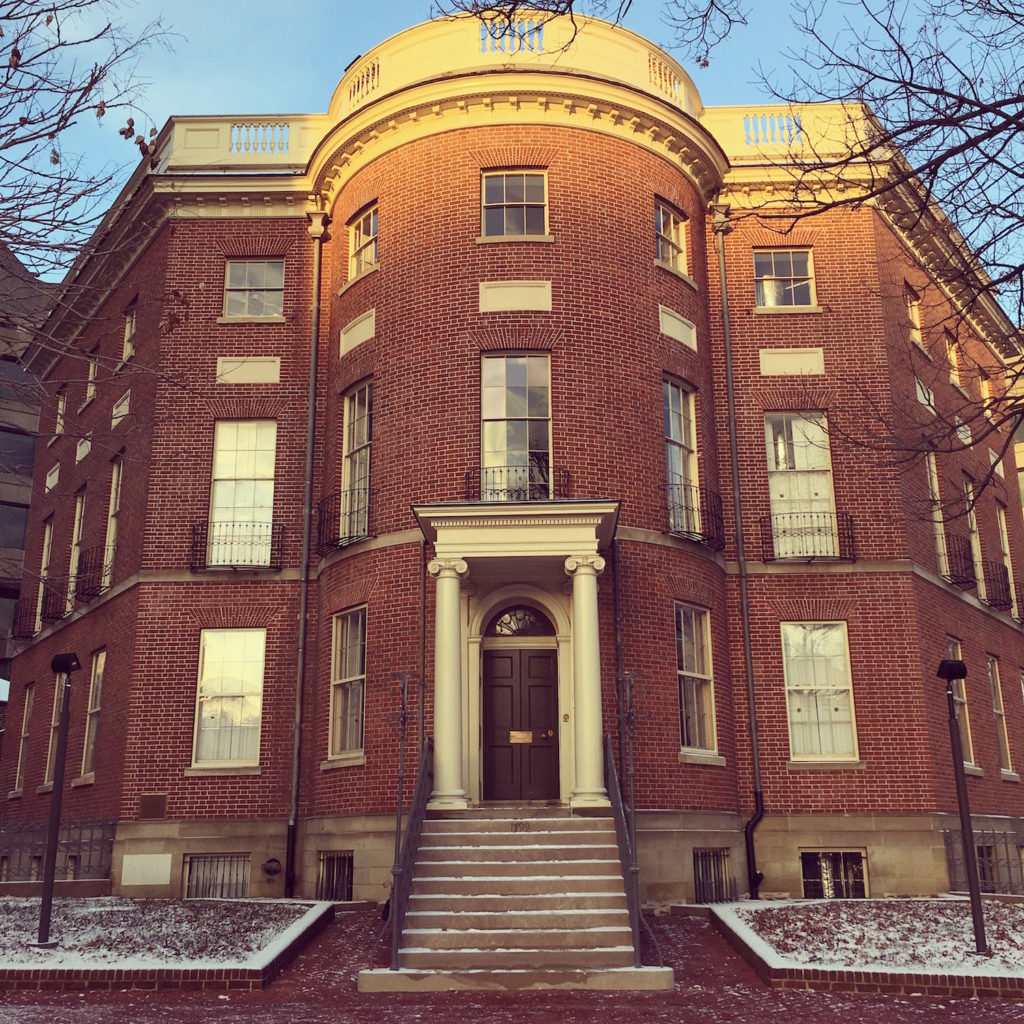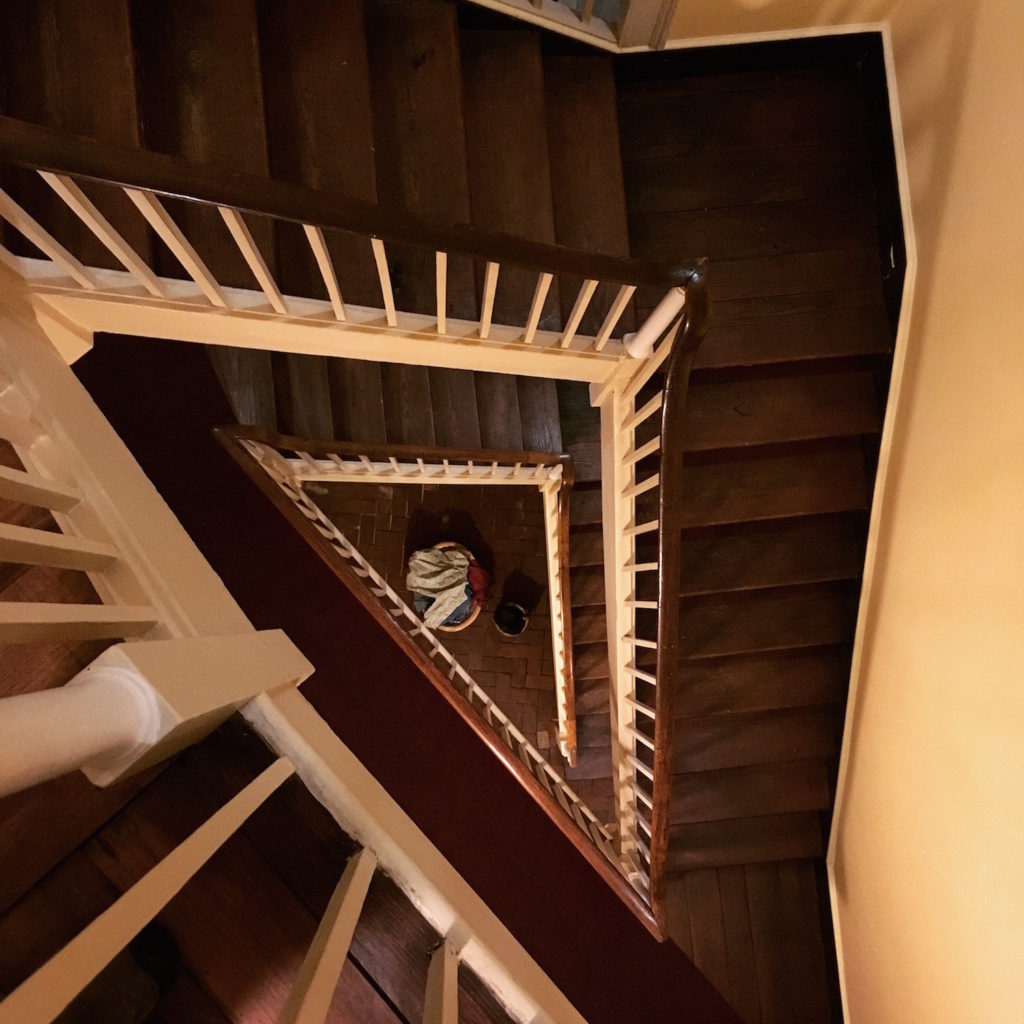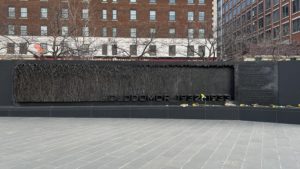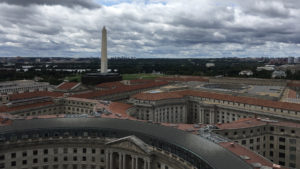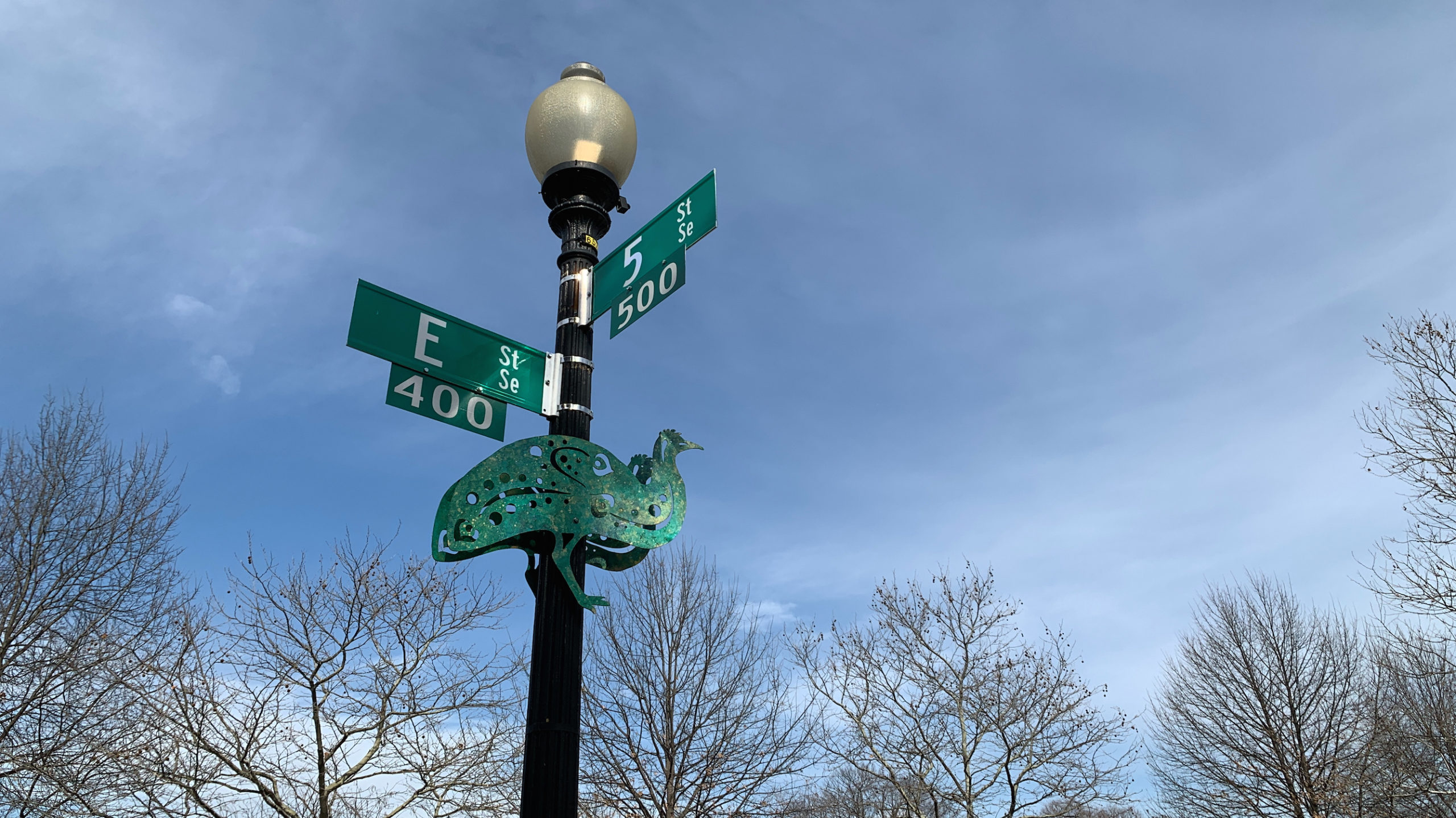Octagon House
The Octagon house was designed by the first architect of the United States Capitol and was temporary residence of President James Madison after the burning of the White House by the British
Self-guided tours of the Octagon House are free. Each room has laminated information sheets providing more details about the exhibits. However, arranging for a private guided tour is well worth the money for their knowledgeable and enthusiastic docents. They also regularly schedule free events (posted to their Facebook page) focusing on the history and time period of the house. I visited on a group tour and enjoyed being able to ask questions and being shown areas not normally open to the public. How else would you find out that the circle of bricks in the basement used to be a well or that the servants’ hall is closed because the wooden floor was eaten by termites?
The Octagon House is often cited as one of the most haunted houses in DC, but my tour guide was doubtful about this. Many of the ghost stories don’t hold up to historical facts, but former staff members have reported unsettling experiences while working late in the house. One ghost story claims a mistress’s body was hidden in the walls of the house and that her ghost now haunts the Octagon. Over the course of various renovations, almost every wall has been opened. The museum found a lot of stuff in the walls (all stored in boxes on the third floor), but there was no body. Other rumors about tunnels from the Octagon to the White House are easily explained by a coal vault that resembles a tunnel when not well-lit.
The house is sparsely furnished and continues to be a work in progress with new areas being restored as funding allows. Outside of special events, it is rarely crowded, so you are likely to have the house to yourself to explore (aside from the staff that work on the third floor). There are lots of nooks and crannies to explore, and the architecture of the house lends itself to many Instagram-worthy photos.
This museum is as much a lesson in history as it is an example of preservation and restoration. The house was designed by Dr. William Thornton, the first architect of the U.S. Capitol, for Colonel John Tayloe. After the Burning of Washington in 1814 by the British, the Tayloes were convinced by mutual friends to offer the the home to President James Madison and his wife Dolley, despite political differences. The Madisons occupied the Octagon House for six months from the fall of 1814 to the spring of 1815. During their residence at the Octagon, President Madison signed the Treaty of Ghent, which ended the War of 1812. Dolley hated the house and often complained about the moisture and mold in the basement.
Historians are uncertain of why the Tayloe house became known as “the octagon,” but letters from the Tayloe children refer to it as such. The house was designed to fit on an unusually shaped lot, and at best, the house is a hexagon with a circular room attached to the front.
After John and Ann Tayloe’s death, the house became a girls’ school, federal offices, tenement apartments, and eventually the national headquarters of the American Institute of Architects (AIA). AIA restored the house and made it into a museum in 1970.
Check out the round desk where President Madison signed the Treaty of Ghent on the second floor. The desk itself spins!
The angled servants’ staircase makes for a great photo opportunity from above (the main staircase doesn’t go to the basement, so this one is taller as well as more visually interesting). Run your hand along the grooves worn into the railings by the slaves using a rope pulley system to transport items between levels using buckets.
Like this adventure? Subscribe to the newsletter to get updates with the latest adventures on the blog, ideas for things to do in DC, and tips for exploring the District.
Address
1799 New York Ave NW
Metro Station
- Farragut North (RD)
- Farragut West (OR, BL, SV)
Accessibility
Due to the historic nature of the building, the Octagon House is not wheelchair accessible.
Cost
Free
Hours
Thursday to Saturday from 1:00 – 4:00 pm
Length of Adventure
1 hour
Website
https://architectsfoundation.org/octagon-museum/
